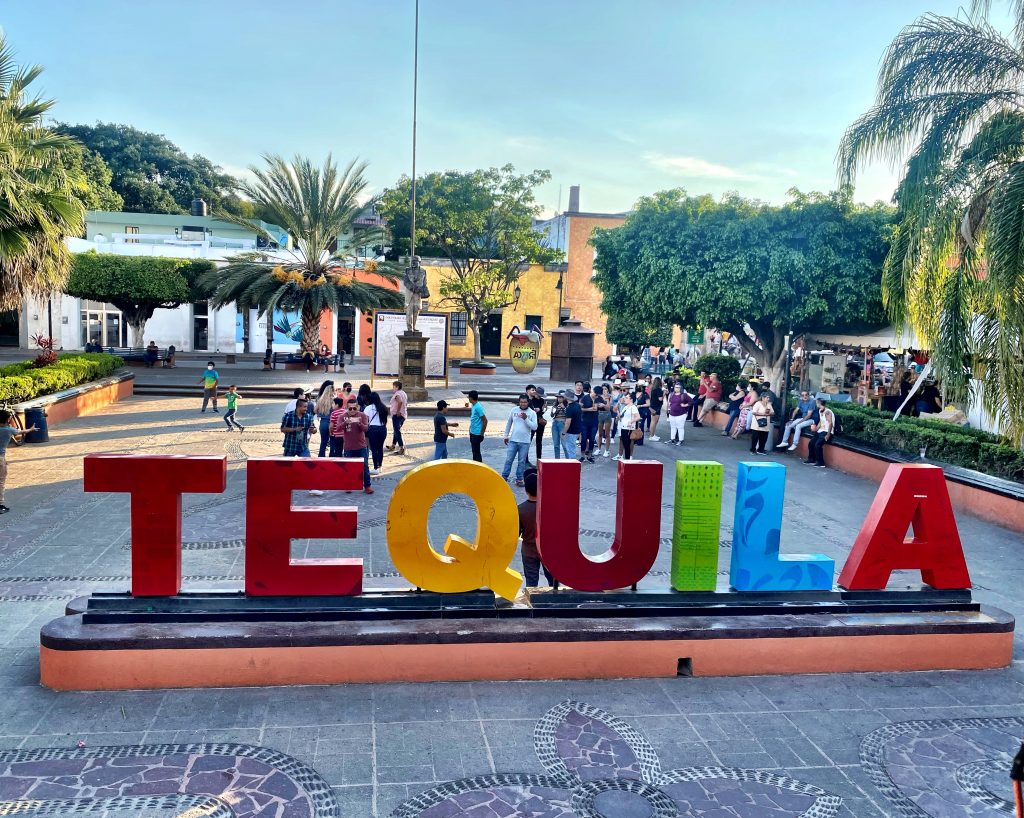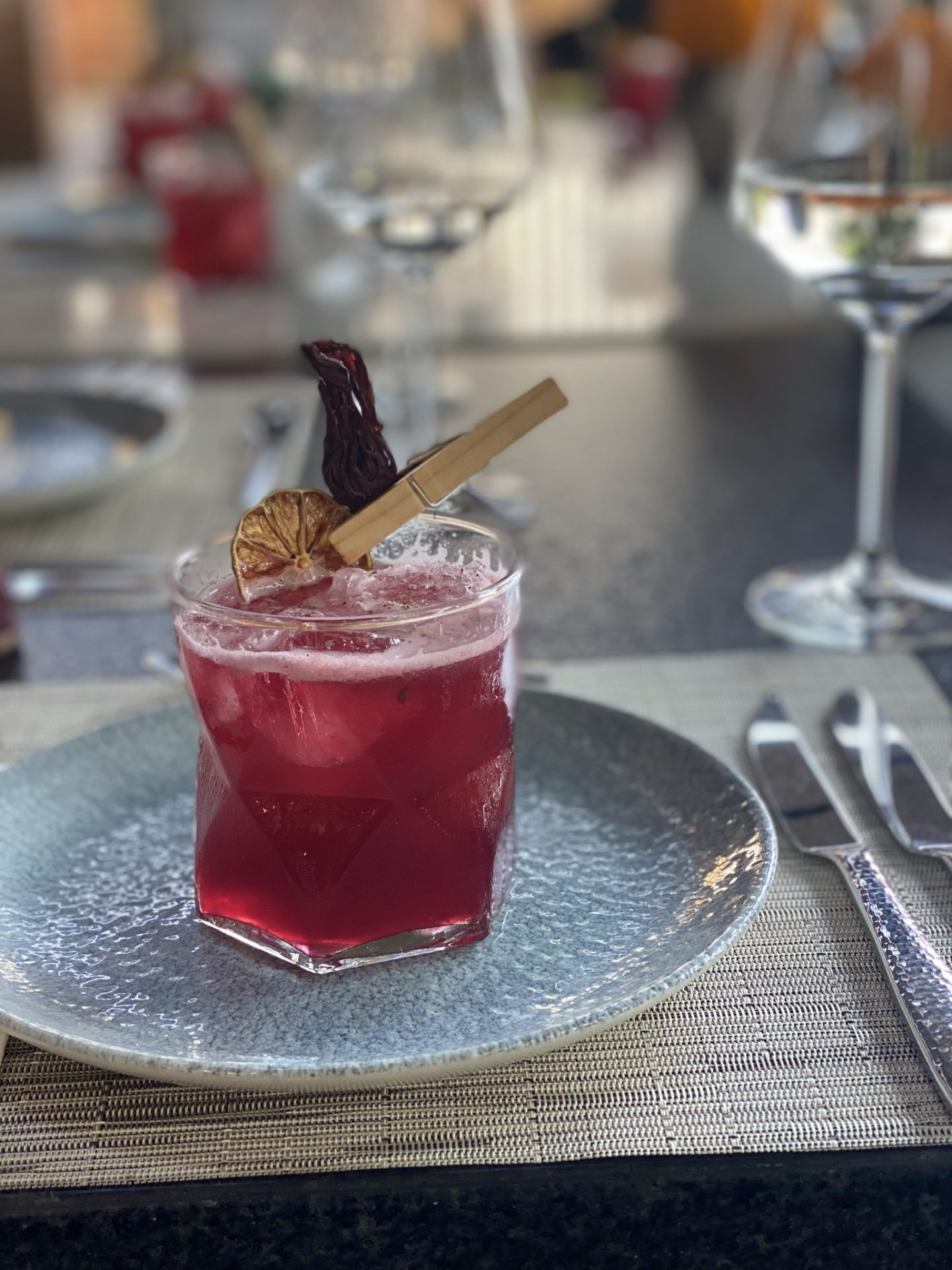I didn’t always love tequila. Like many before me, I’ve knocked back countless shots of the cheapest well brands with enough limes to ensure I’d never get scurvy. Because of that, for years my perception of tequila was linked to hangovers and bad decisions.
A few years ago I was traveling in Mexico when I stumbled across a local cooking up a batch of mezcal in his front yard with homemade equipment . I stood in fascination as he showed me how he stripped the agave plants, cooked them in a charcoal pit and then let me taste the nectar that oozed from the freshly charred core. Until then, I wasn’t really sure how they made the stuff.

At that moment, my tequila associations magically transformed from past memories to a new connection between that sweet delicious sweet taste and Mexico’s most famous elixir. Savor a good tequila and you’ll recognize the sweet agave taste I’m describing. That’s what happened to me. Unlike vodka, which has no flavor (unless it’s added), tequila taste can vary considerably by the plants, age, preparation and the barrels used to store it.

Fast forward. I was invited to visit Tequila, Mexico this week, the place where vino de agave was perfected into the spirits we enjoy as tequila today. To be called “tequila” the product must come from a specific region in Mexico and must be produced using only the blue agave plant. The city of Tequila is a Pueblo Magico, a designation for special towns in the country that define Mexico’s culture. The region is also a UNESCO world heritage site. To get there, most visitors fly to Guadalajara and drive an hour northwest.

Two of Mexico’s most notable exports come from this region, the state of Jalisco: Tequila and mariachis. As luck would have it, we arrived during the festival of Dias de Los Muertos, Day of the Dead. Unlike Halloween, it’s a holiday focused on remembering friends and family who have passed. We stopped in the town of Tlaquepaque (another pueblo magico) to watch the festivities, dances and locals with faces painted like skulls. Colorful skeletons adorned the bright colonial buildings. We stopped into Casa Luna, the town’s most celebrated restaurant to sample some local cuisine. The guacamole was green and creamy, rimmed with crunchy grasshoppers. Yes, that’s a thing.

Our host was serving Tequileno reposada with the meal, but the presentation was quite unique: a cone shaped glass suspended over an ice water vase with lime, salt and a shot glass full of sangrita. It was the coolest way to drink tequila I’d ever seen, so I sipped the caramel colored liquor mixed with the accompaniments and enjoyed the amazing décor of this classic restaurant. Jalisco’s celebration of Day of the Dead isn’t the biggest in the country, but the music, bright colors and costumed performers were hypnotic.

So this is how the tequila tasting tour kicked off: A party night in Tlaquepaque and the next morning we were headed to the Mecca of Agave, Tequila. We stopped at the bottling plant along the way to learn a little about the business end of tequila, but the real treat was checking into our boutique hotel, Casa Salles. This beautiful property is connected to the factory that’s been making Tequileno tequila for 61 years. Outside my window, I could see the endless rows of blue plants framed by Volcan’ Tequila looming in the distance. The perfect blend of water from the mountain, volcanic soil and warm weather is the reason the agave plants grow so well in Tequila. I was staying right in the heart of it.

The resort offers a tour of the distillery so I went, watched and took notes. I mean, you just never know when you might be stuck on a deserted island and have to make your own booze, right? Each tequila company creates their tequila in a unique way. Tequileno uses only highland plants and specially adapted railroad cars to heat and pressurize the pina, the core of the agave. After the agave nectar is separated from the plant and fermented, white oak barrels are used to age the batches that will become reposadas or anejos.

I had never been to a tequila tasting before and was surprised to see that tequila was being served in fluted glasses and swirled around like a fine wine. In addition to looking at the legs of the spirits, we were invited to smell each sample from separate nostrils. Surprisingly enough, each side of the nose picks up a different scent. When you take a taste of tequila, let it remain in your mouth for a few seconds to taste the subtle notes and flavors that many people miss, then swallow. All of the tequila (including the cristalano) was very smooth and I found myself enjoying the subtle differences between the aged and newer spirits.

Casa Salles is in the heart of Tequila and it’s just a few minutes walk down cobblestoned roads to the heart of the town and the iconic TEQUILA sign. We stopped into the world famous La Capilla de Don Javier, a dive bar consistently listed as the best tequila bar in the world. El Batanga is its flagship drink and it’s made with cola, lime and yes, you guessed it….Tequileno blanco. Think Cuba Libra with tequila. It’s surprisingly good and honestly, it’s the most famous place in the world to have a tequila cocktail. Could one get any closer to the Holy Grail of Tequila than this? Not really.

Our tequila experiences were far from over though. In nearby Amititan, we picked our horse and rode through a small town while enjoying the remaining Day of the Dead decorations still on display. Riding a horse through rosemary blue agave fields is a beautiful experience. I soon found myself pretty adept at guessing the age of the plants. It takes about 6- 8 years of maturity before an agave can be used for tequila. Most of the ones in the fields were a bit younger. My horse was a wild grass-eating machine named Cantaritos. The name sounded vaguely familiar. It wasn’t until our next stop, Cantaritos El Guero, I realized why. Cantaritos is one of Mexico’s most famous tequila cocktails. Served in a giant clay cup, the drink sizes range from large to ridiculous. We shared a cup that looked more like a giant crockpot than a drinking vessel.

As we relaxed at our hotel after our ride, I realized how many different ways I had enjoyed tequila on this trip and how much I had learned about this Mexican spirit. Dinner was a tasting menu paired with….(wait for it)….tequila. I suppose you can pair anything if you really try, but this was surprisingly delicious and it worked. It really did.
In 1918, tequila and lime was recommended by doctors to ease the pain during the Spanish Flu pandemic. A hundred years later, I’m happy to report, It still works.




